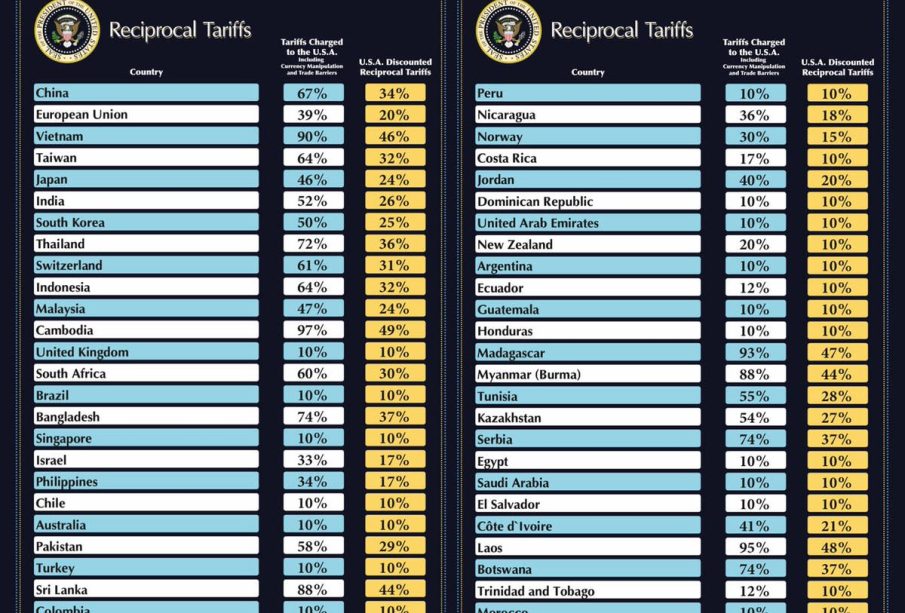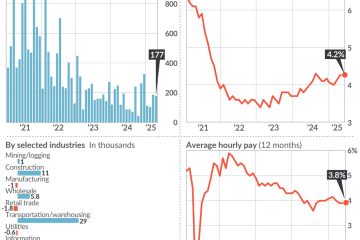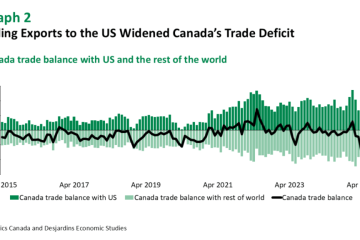Understanding China’s Reciprocal Tariffs and Their Global Impact

Introduction
In the complex world of international trade, tariffs play a crucial role in shaping economic relationships between countries. China’s reciprocal tariffs, imposed in response to similar measures from other nations, particularly the United States, have drawn significant attention. Understanding these tariffs is critical as they not only affect trade dynamics but also have far-reaching implications for global markets and geopolitics.
The Landscape of China’s Reciprocal Tariffs
As of late 2023, China continues to implement a series of reciprocal tariffs aimed primarily at U.S. goods, a response that first began in 2018 amid heightened trade tensions. Recent data shows that these tariffs range between 5% to 25%, impacting a variety of sectors including agriculture, automotive, and electronics. This retaliatory economic strategy is designed to create leverage in trade negotiations, promote domestic Chinese suppliers, and offset tariffs that have been imposed on Chinese exports.
Current Developments
Recent developments indicate that China’s approach to tariffs remains closely monitored by global markets. In September 2023, China announced a temporary suspension of certain tariffs on U.S. agricultural products. This move is believed to be a bid to demonstrate a willingness to engage in dialogue and ease trade frictions, particularly as both countries approach future negotiations. However, analysts suggest that while this might seem like a step towards reconciliation, underlying tensions remain, and further retaliatory measures could be enacted, depending on the direction of the negotiations.
Repercussions on Global Trade
The effects of these reciprocal tariffs extend beyond the bilateral trade between China and the United States. Countries relying on trade with both nations are facing increased supply chain challenges and fluctuating prices. For instance, Canadian farmers who export to China have been impacted by the rising costs and shifting demands resulting from these tariffs. In fact, trade disputes have been noted to cause price volatility in global markets, affecting everything from raw materials to consumer goods.
Conclusion
The ongoing situation with China’s reciprocal tariffs continues to be a critical factor in international trade relations. As the economic landscape evolves and further negotiations unfold, businesses and consumers alike are urged to stay informed about developments in trade policies. In forecast, while a potential thawing in U.S.-China relations may lead to a reduction in tariffs, experts warn that structural changes in trade policy could have lasting effects on global trade patterns. Understanding the implications of these tariffs is vital for stakeholders across various sectors, as the ripple effects could reshape the global economy.









